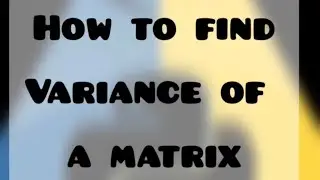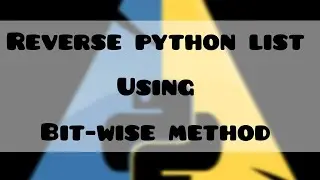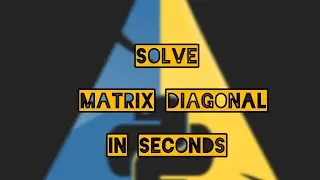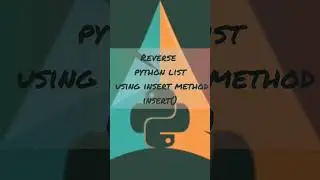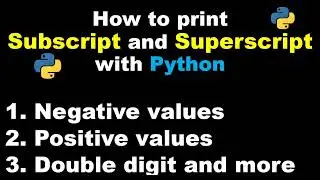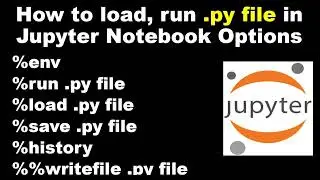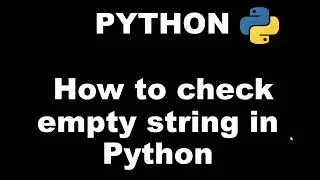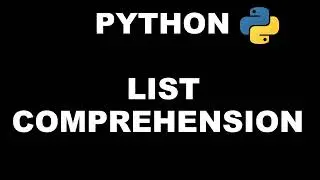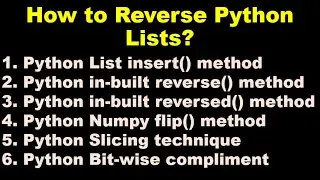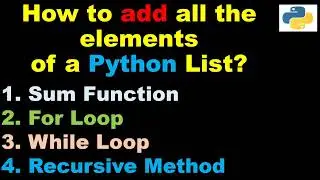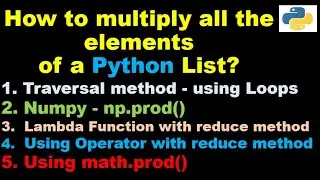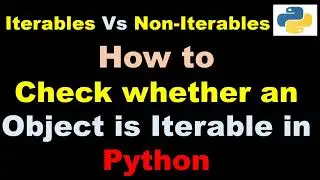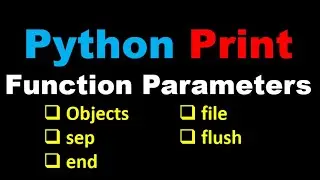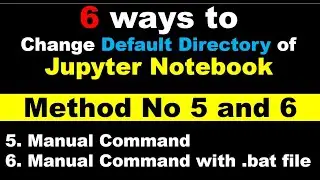Confusion Matrix | ML | AI | Accuracy | Error Rate | Type 1 Error | Type 2 Error | Sklearn - P3
Confusion Matrix | ML | AI | Accuracy | Error Rate | Type 1 Error | Type 2 Error | Sklearn - P3
#technologycult #MachineLearningwithPython
Confusion Matrix
Part 3 - Accuracy and Error Rate
All the playlist of this youtube channel
========================================
1. Data Preprocessing in Machine Learning
• Data Preprocessing in Machine Learnin...
2. Confusion Matrix in Machine Learning, ML, AI
• Confusion Matrix in Machine Learning,...
3. Anaconda, Python Installation, Spyder, Jupyter Notebook, PyCharm, Graphviz
• Anaconda | Python Installation | Spyd...
4. Cross Validation, Sampling, train test split in Machine Learning
• Cross Validation | Sampling | train t...
5. Drop and Delete Operations in Python Pandas
• Drop and Delete Operations in Python ...
6. Matrices and Vectors with python
• Matrices and Vectors with python
7. Detect Outliers in Machine Learning
• Detect Outliers in Machine Learning
8. TimeSeries preprocessing in Machine Learning
• TimeSeries preprocessing in Machine L...
9. Handling Missing Values in Machine Learning
• Handling Missing Values in Machine Le...
10. Dummy Encoding Encoding in Machine Learning
• Label Encoding, One hot Encoding, Dum...
11. Data Visualisation with Python, Seaborn, Matplotlib
• Data Visualisation with Python, Matpl...
12. Feature Scaling in Machine Learning
• Feature Scaling in Machine Learning
13. Python 3 basics for Beginner
• Python | Python 3 Basics | Python for...
14. Statistics with Python
• Statistics with Python
15. Data Preprocessing in Machine Learning
• Data Preprocessing in Machine Learnin...
16. Sklearn Scikit Learn Machine Learning
• Sklearn Scikit Learn Machine Learning
17. Linear Regression, Supervised Machine Learning
• Linear Regression | Supervised Machin...
Code Starts Here
==============
from sklearn.linear_model import LogisticRegression
from sklearn.datasets import make_classification
Generate predictors and target vector
X, y = make_classification(n_samples=100,
no of features = 10
n_features=10,
features that actually predict the output class
n_informative=5,
features that are random and unrelated to the output class
n_redundant=5,
output classes
n_classes=10,
n_clusters_per_class=2,
random_state=1)
logit = LogisticRegression()
logit.fit(X,y)
y_pred = logit.predict(X)
from sklearn.metrics import confusion_matrix
conf = confusion_matrix(y,y_pred)
from sklearn.metrics import accuracy_score
accuracy = accuracy_score(y,y_pred)
Error_rate = 1 - accuracy
Accuracy1 = conf.diagonal().sum()/sum(sum(conf))
ErrorRate1 = (sum(sum(conf)) - conf.diagonal().sum())/sum(sum(conf))

![[FREE] SLIMESITO x BEEZYB TYPE BEAT 2022 -](https://images.videosashka.com/watch/1EoTITwenvE)






